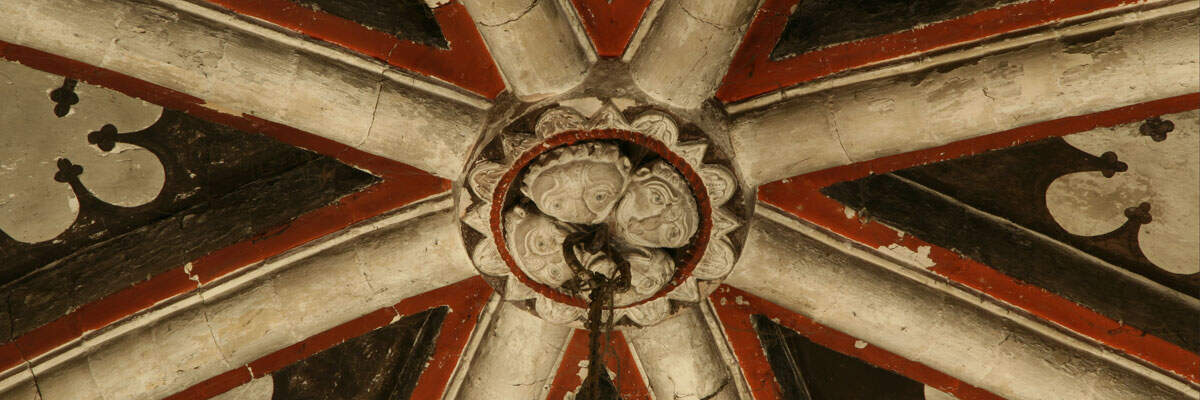Louth Abbey was founded on the marshy Isle of Haverholme in 1137 on land given by Bishop Alexander of Lincoln to the Cistercians. In 1139, at the preference of a large group of monks arriving from the motherhouse of Fountains (Yorkshire), the house was moved to Louth were it flourished as a major player in the county wool trade. Between 1227-46 there is record of 66 monks and 150 lay brothers at Louth Abbey. The 14thc. and 15thc. saw the slow decline of the abbey, which was suppressed in 1536 (see Knowles and Hadcock). In 1818, Thomas Espin collected a number of sculptural fragments from the ruins of Louth Abbey for the construction of his home, Louth Park. He combined the Romanesque fragments recorded here with other medieval pieces to form this garden folly for his estate. Espin died in 1822 and his home has been in the hands of various private owners since that point. For several decades it was a private school. In the 1970s his home became The Priory Hotel.



